Industrial real estate is the core of the global economy, which ramps up just how important it is to find the right industrial or warehouse space for sale or lease. No two organizations are the same, no two spaces for lease or purchase are identical and no two needs are alike. CBC Metro Brokers professionals work exhaustively to find the right match, no matter what the requirements, no matter where in the metro Atlanta and north Georgia area.
types of industrial space
Industrial real estate primarily encompasses properties that are involved in the manufacturing, storage, and/or distribution of goods. This can encompass various types of industrial buildings, but typically falls under three main categories: manufacturing facilities, storage and distribution centers, and flex space properties.
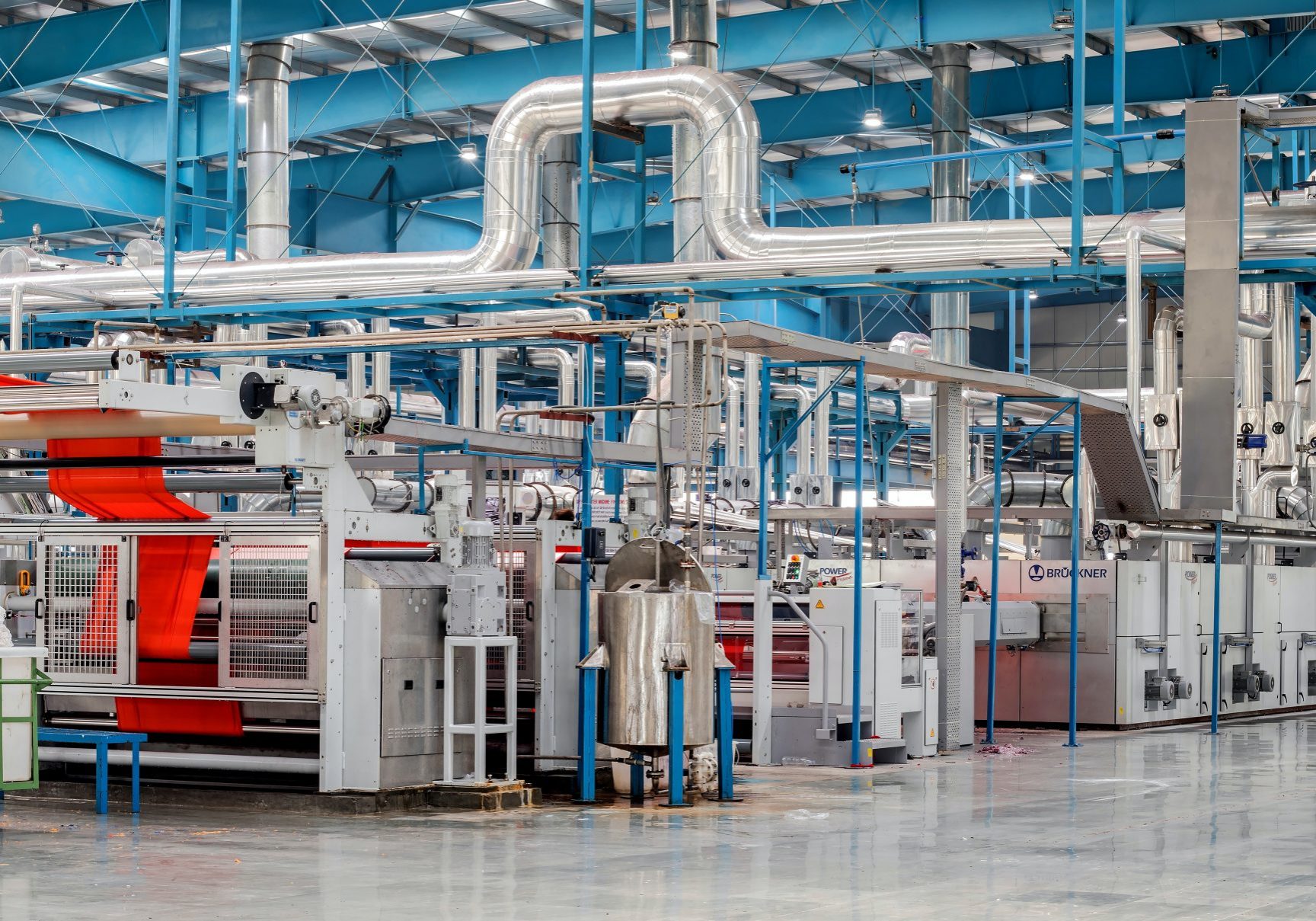
Manufacturing
Facilities where goods are produced and assembled share several things in common, including open space that can be converted for different uses, a small amount of office space and loading docks. The most well-known type is heavy manufacturing facilities, which are found in areas zoned for industrial usage due to their need for heavy machinery, chemicals and increased power usage. Because these properties require a great deal of customization to for the user’s specific requirements, they are often occupied for the long term because of the logistics and cost involved in moving the facilities.
Light assembly manufacturing facilities are similar to flex warehouse spaces and do not typically house heavy machinery. They often are used for assembling products, storing and shipping them, and can be easily converted for storage and office space.
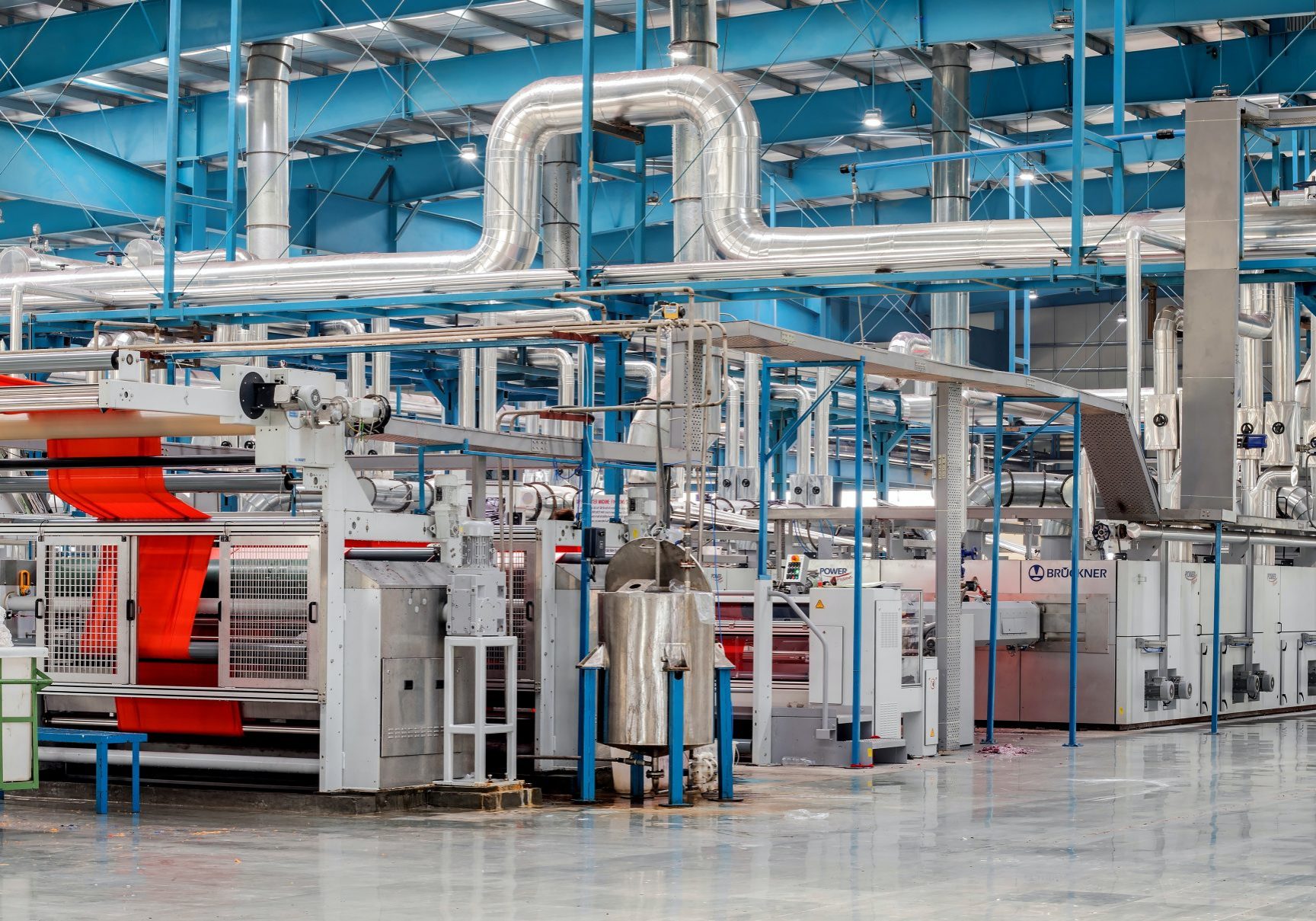
Manufacturing
Facilities where goods are produced and assembled share several things in common, including open space that can be converted for different uses, a small amount of office space and loading docks. The most well-known type is heavy manufacturing facilities, which are found in areas zoned for industrial usage due to their need for heavy machinery, chemicals and increased power usage. Because these properties require a great deal of customization to for the user’s specific requirements, they are often occupied for the long term because of the logistics and cost involved in moving the facilities.
Light assembly manufacturing facilities are similar to flex warehouse spaces and do not typically house heavy machinery. They often are used for assembling products, storing and shipping them, and can be easily converted for storage and office space.
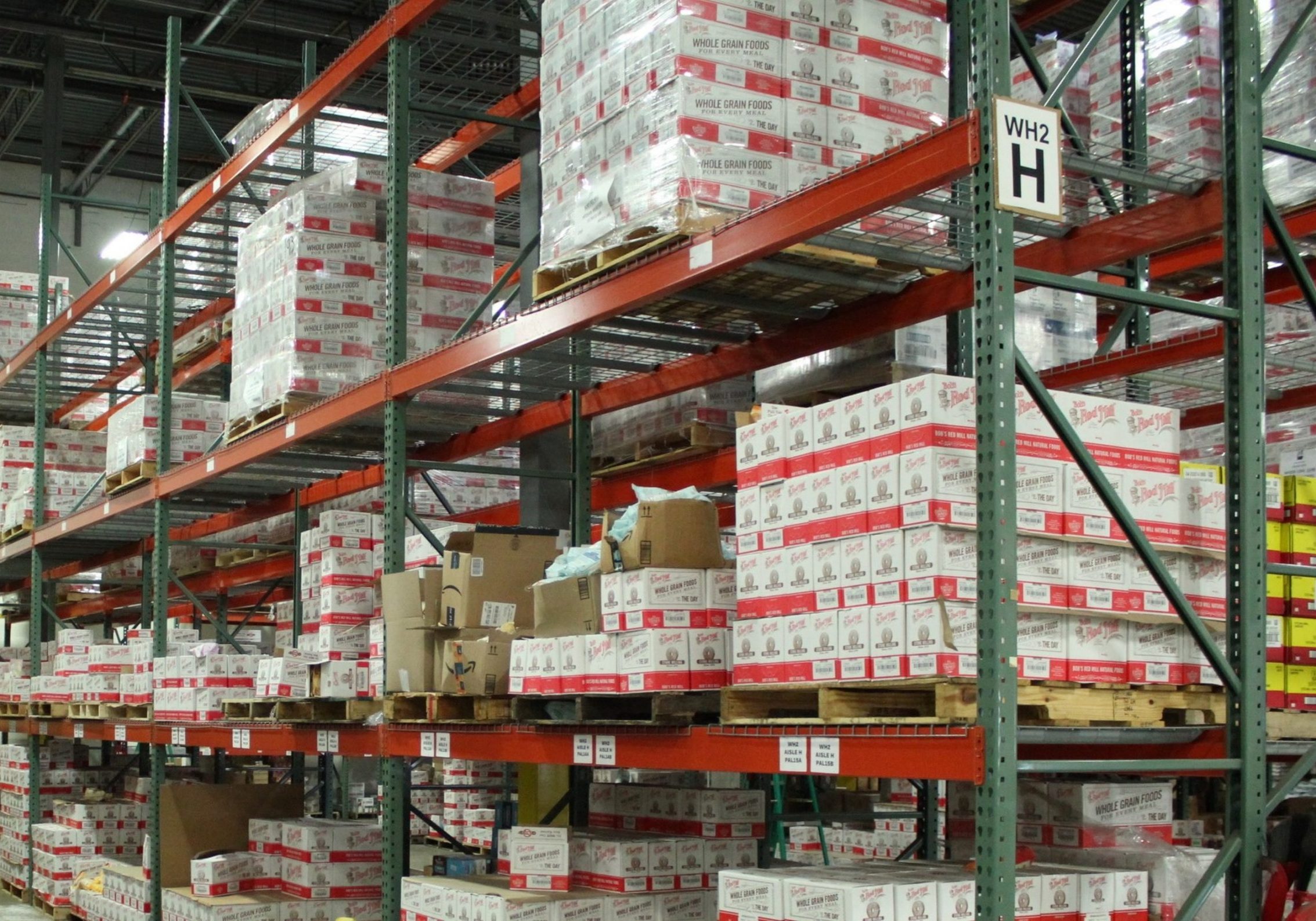
Storage & Distribution
The need for warehouses has rapidly grown over the past ten years with the rise of eCommerce. Bulk warehouses are used for regional distribution sites, and often, require 50,000 to 1 million square feet of space. They are usually located outside of metropolitan areas where land is less expensive and trucks have easy access to highways.
At the other end of the spectrum are flex warehouses, which are much smaller and used for more localized businesses such as cabinet makers, brewers and small manufacturers. Found in metropolitan, suburban and rural areas, flex warehouses often include a small amount of office space as well as shipping docks and loading areas. Due to the size, price point and demand, these are often a good entry-level opportunity for investors.
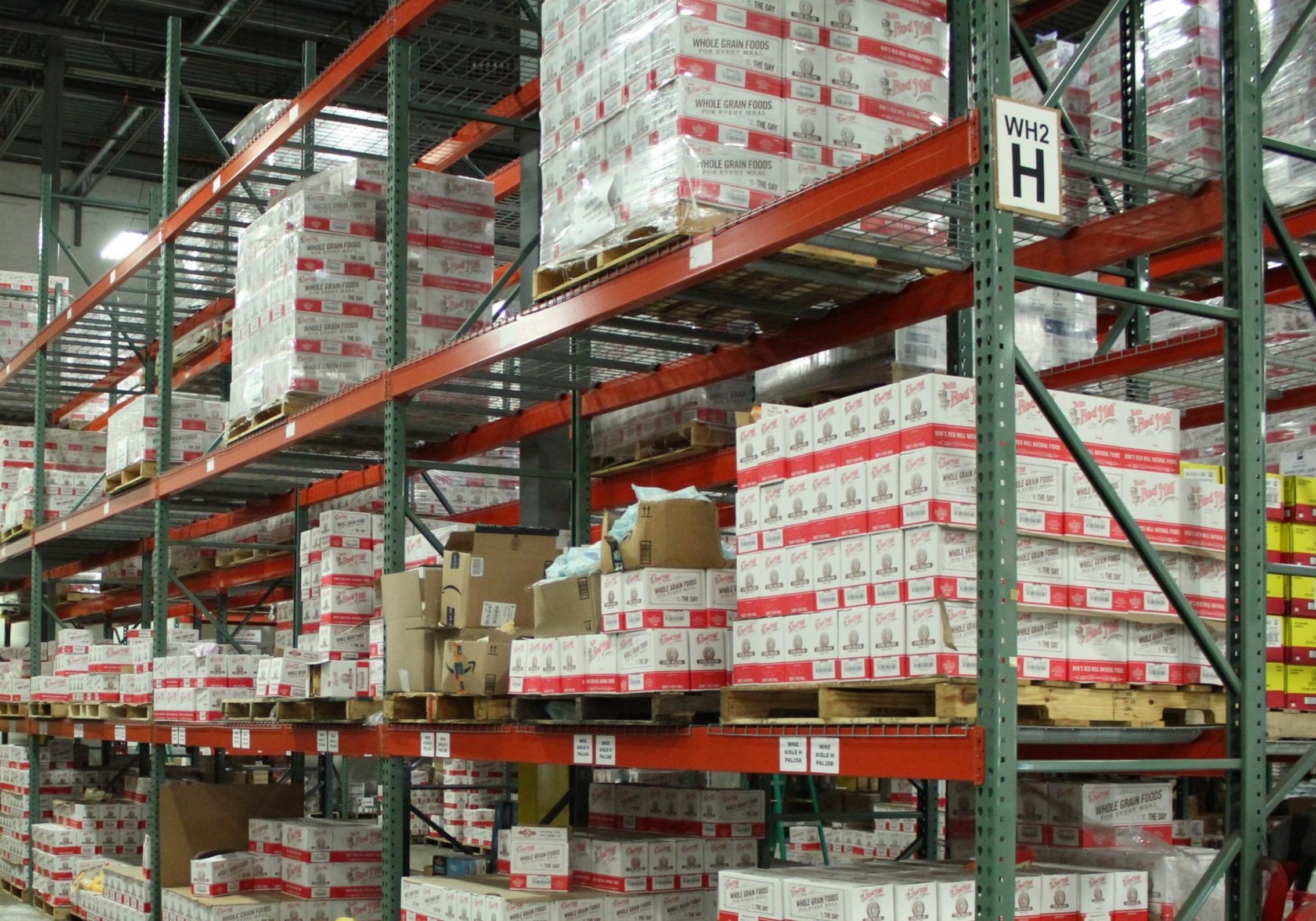
Storage & Distribution
The need for warehouses has rapidly grown over the past ten years with the rise of eCommerce. Bulk warehouses are used for regional distribution sites, and often, require 50,000 to 1 million square feet of space. They are usually located outside of metropolitan areas where land is less expensive and trucks have easy access to highways.
At the other end of the spectrum are flex warehouses, which are much smaller and used for more localized businesses such as cabinet makers, brewers and small manufacturers. Found in metropolitan, suburban and rural areas, flex warehouses often include a small amount of office space as well as shipping docks and loading areas. Due to the size, price point and demand, these are often a good entry-level opportunity for investors.
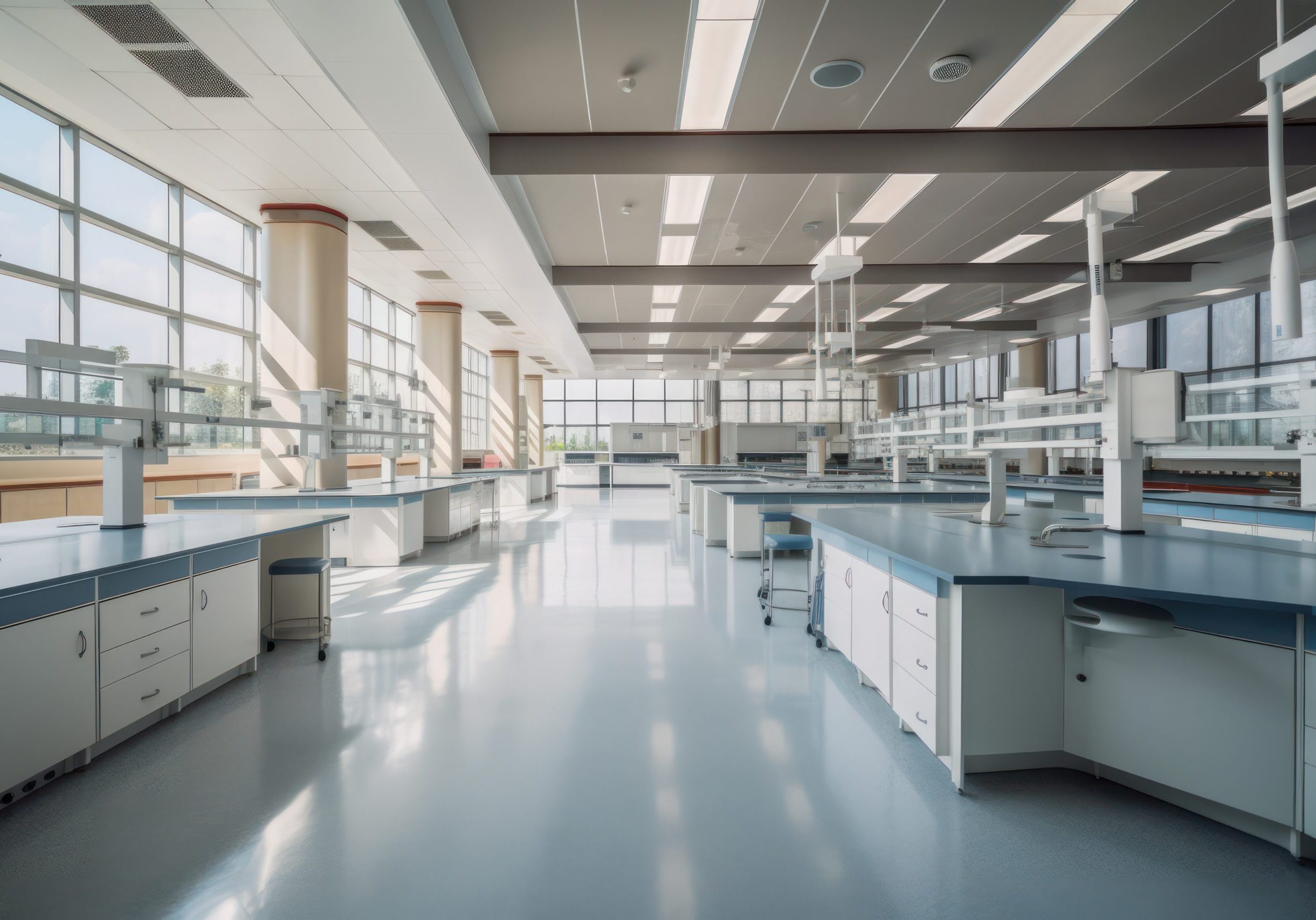
flex space
Flex properties can be used for a variety of purposes, from Research and Development (R&D) to data centers and showrooms. R&D tenants engage in work to develop new products or improve existing ones and are often located near a business’s manufacturing facilities or home office. Data centers house the computer equipment needed to keep the internet and software systems running and for cloud storage. While showrooms include space to showcase products along with warehouse and office space.
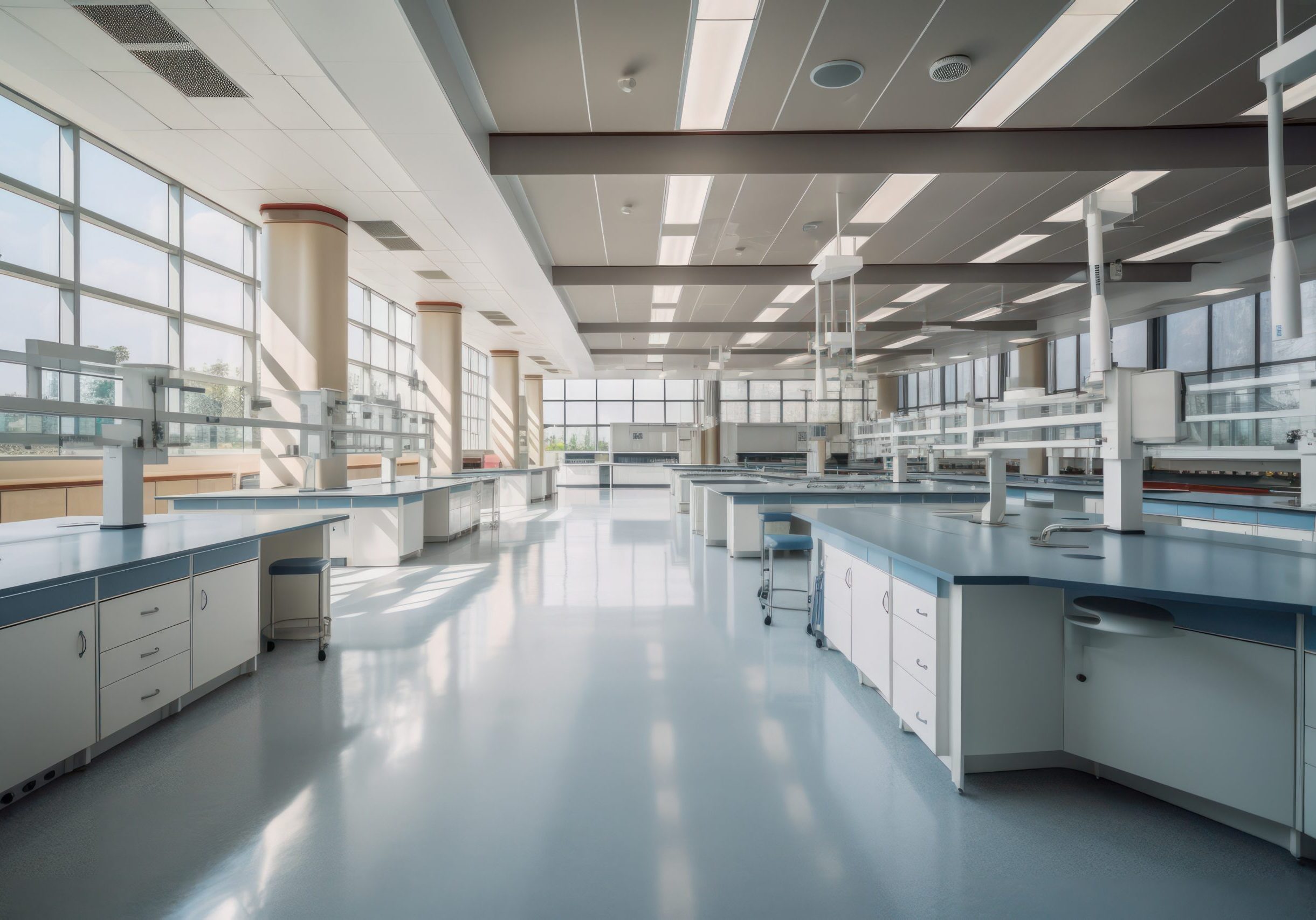
flex space
Flex properties can be used for a variety of purposes, from Research and Development (R&D) to data centers and showrooms. R&D tenants engage in work to develop new products or improve existing ones and are often located near a business’s manufacturing facilities or home office. Data centers house the computer equipment needed to keep the internet and software systems running and for cloud storage. While showrooms include space to showcase products along with warehouse and office space.
